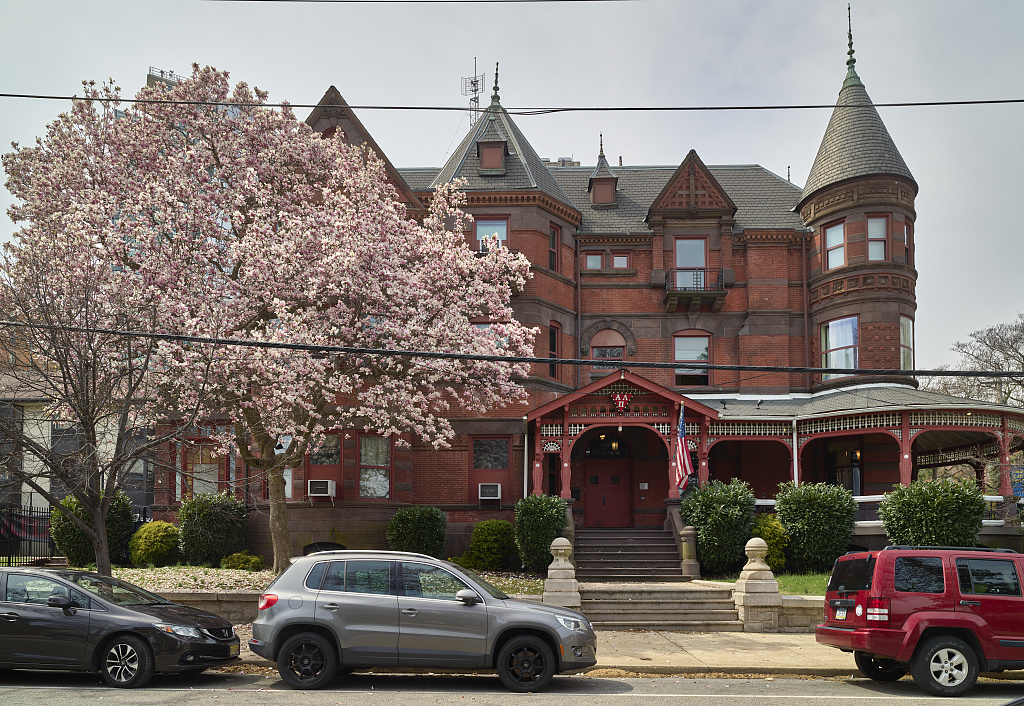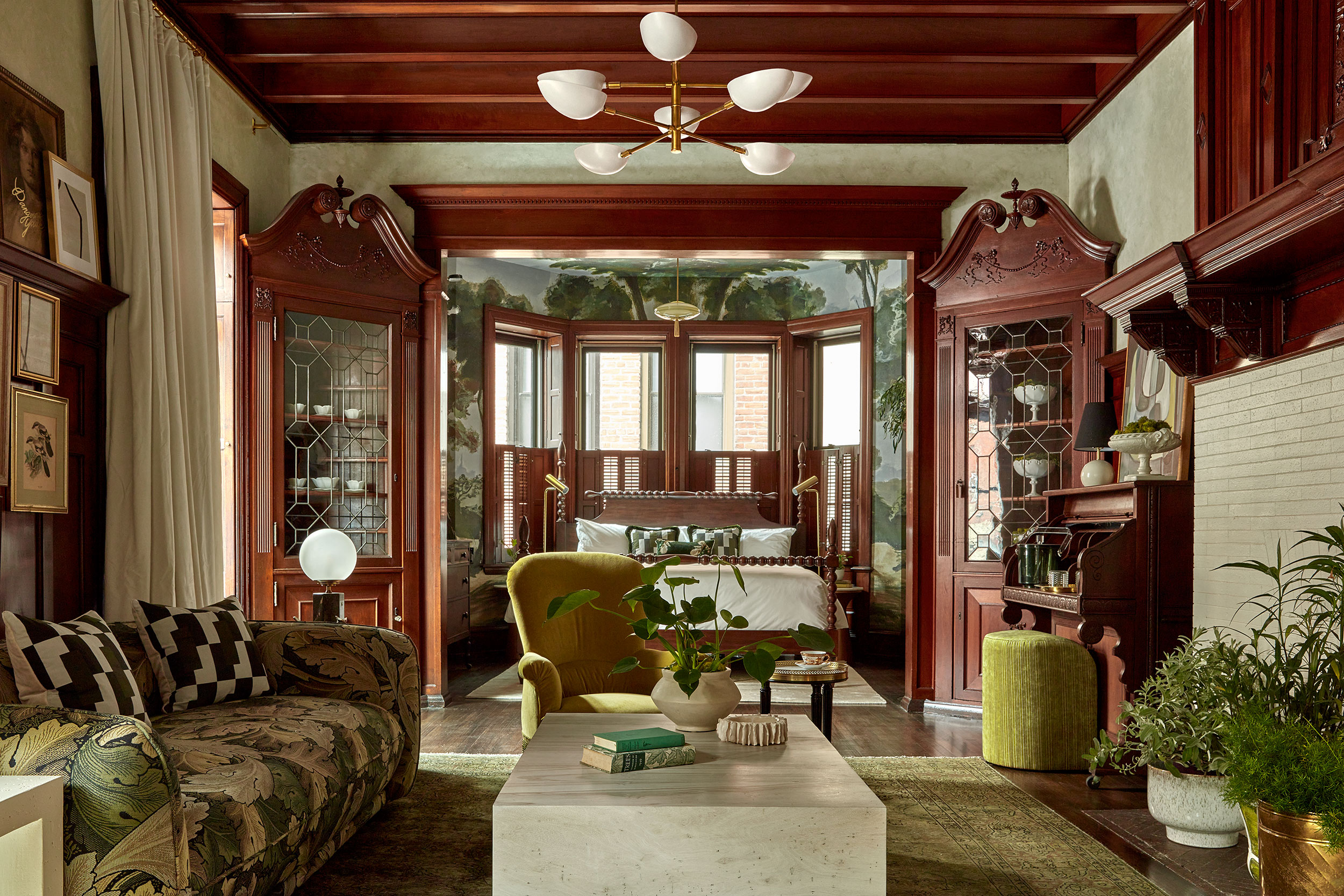architecture
Love Where You Live: Fall in Love with Historic Home Styles and Neighborhoods in Philadelphia
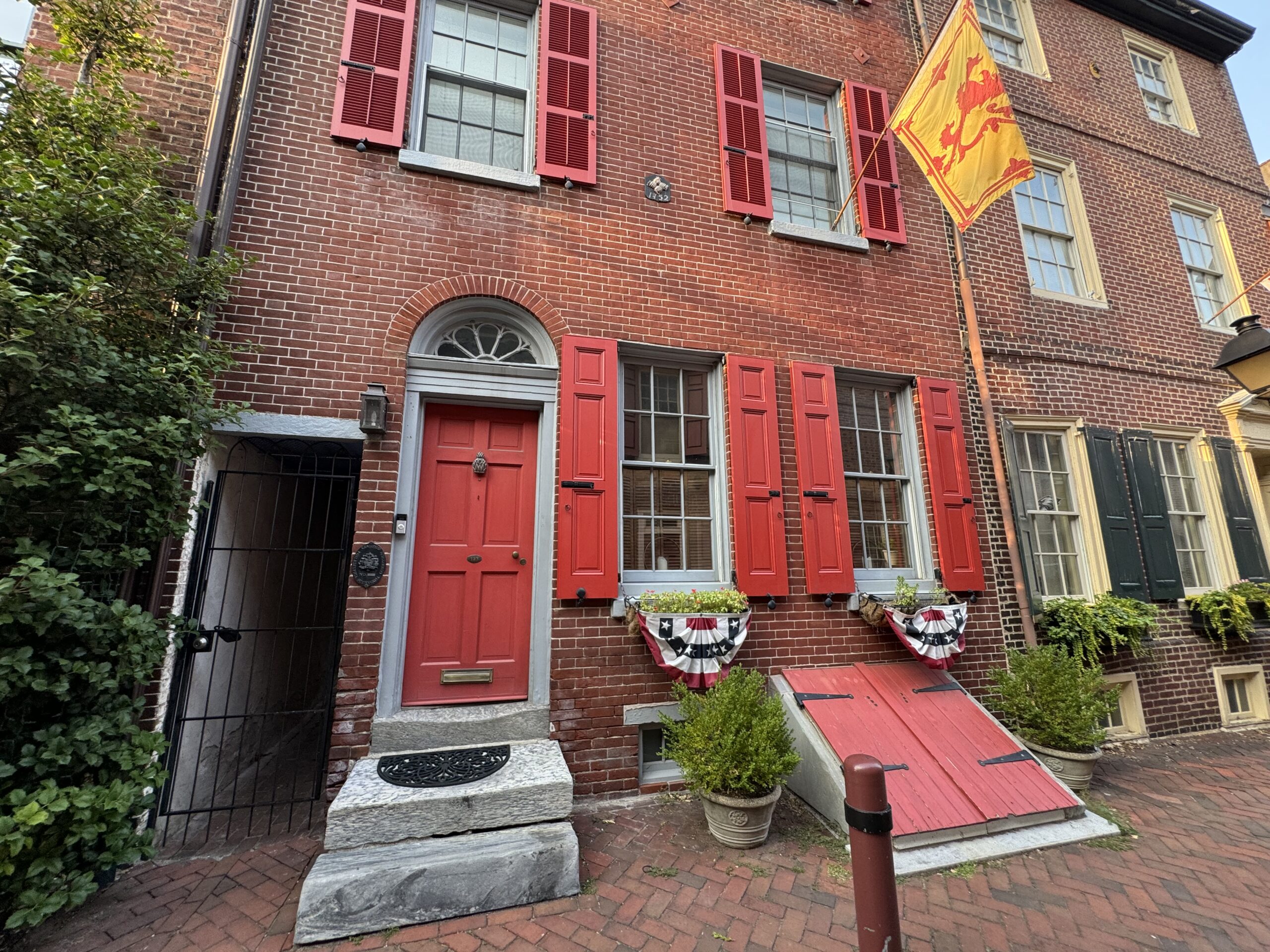
Romantic Trinity-style home in Elfreth’s Alley, Philadelphia, Pennsylvania. Image: Stephanie Aviles
It’s easy to fall in love with Philly architecture which offers more historic homes than just about any other city. While owning a historic home isn’t for everyone, touring these areas could spark some romance before heading off for dinner at an equally romantic restaurant.
Romantic Trinity Style Homes
Perhaps Philly’s most famous historic homes are its Trinities. Also known as a Father, Son & Holy Ghost house, Trinity houses typically have three or four floors with just one room on each floor. The oldest tend to be red brick. Later trinities may be stucco. Built in the 18th and 19th centuries in alleys and back streets, they are now sought after by homeowners with a passion for Colonial History and a love of tiny houses. Many were originally built without kitchens or with kitchens in the basement. These days, most have a kitchen built onto the back of the property. A feature that provides a challenge for movers is their small, winding stairways. However, what is a challenge for some is a major attraction for others.
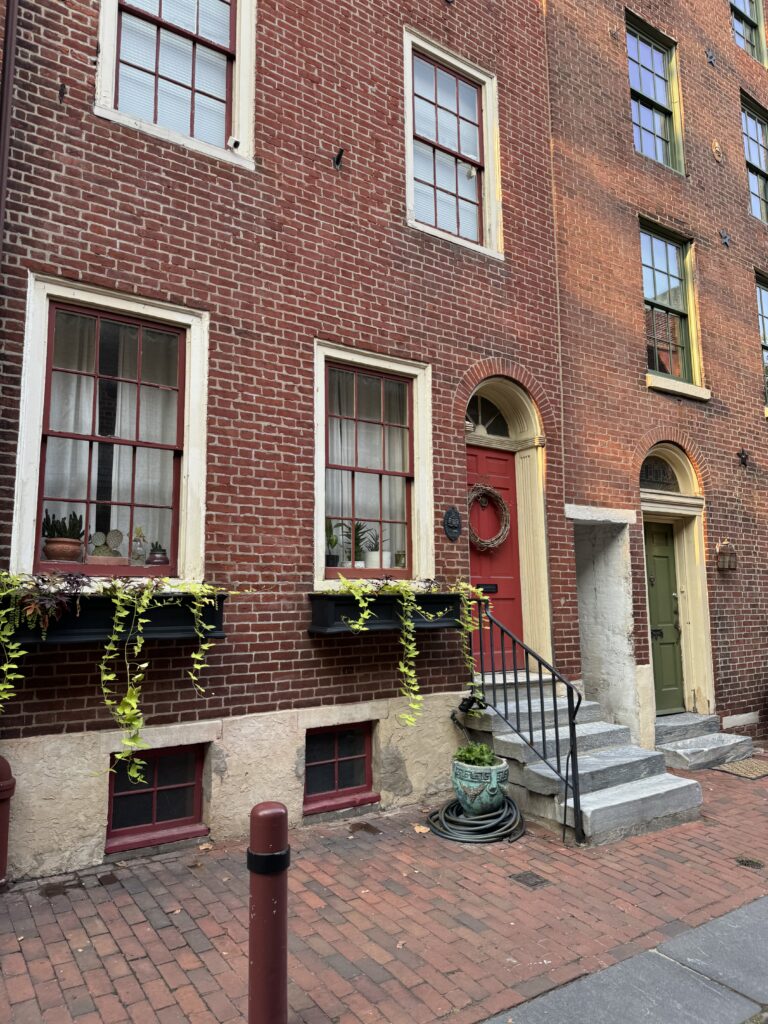

While the most famous (and oldest) Philly Trinities are to be found on Elfreth’s Alley, you will have no problem hunting them down in the narrow, one-way streets in Washington Square West. Prime examples can be found on the 300 South blocks of Camac or Iseminger. Equally charming trinities are on the 2400 block of Panama Street and in the back streets of Northern Liberties, Queen Village, and Rittenhouse Square.
In Chestnut Hill Mid Century Modern Meets French-Inspired Homes
Lovers of Mid-Century Modern homes should head to Chestnut Hill which is still inside the City Limits. That is where architect Issac Stonorov (1905-1970) designed a cluster of classic Mid-Century Modern homes on the 700 block of Davidson Rd, just off of McCallum Street,19119. Each ranch-style home is built directly into the landscape, some perched high on woodsy hills, others sited below street level, the idea being that a home should “be at one” with its natural environment. (Stonorov also designed Hopkinson House on Washington Square in 1962. Mid-century modern homes can also be found in Society Hill, South Philadelphia, West Mount Airy, Elkins Park, East Falls and Wynnewood, among other neighborhoods. If you’re crazy about Mid Century Modern, keep an eye out for the local Docomomo chapter’s calendar for events, lectures, and tours of these types of properties in the area.
Have you always wanted to live in Normandy, France without leaving Philly? Pas de problem! Back in the 1920s, George S Woodward, a developer, wanted to attract wealthy Center City residents to farmland he had bought in Chestnut Hill. Rather than building the contemporary style of his day, Woodward commissioned the creation of Normandy Village consisting of 24 homes built of Wissahickon schist with romantic turrets, deeply sloped gable roofs, stone archways, abundant fireplaces, gas lamps, and decorative weather vanes. It worked! For over one hundred years, these unique historic homes have been adored for their je n’est quoi. To locate the French Village park your car in the lot of the Allens Lane Art Center at McCalllum & Allens Lane, then walk to Elbow Lane just off McCallum. Step gingerly because the narrow road is deeply rutted on purpose, to dissuade non-residents.
English Villages in and near Philadelphia
Or how about living in merry old England in the days of the Knights of the Round Table? Philly’s very own English Village is located right in the center of the city near Rittenhouse Square. St. James Place, near 21st and Walnut St., is a pedestrian-only street known as the English Village which houses 24 charming townhomes built in the 1920s and designed by architect Spencer Roberts, according to Philadelphiabuildings.org. These homes feature brick facades, pitched shingle roofs, and elegant arched wooden doors. Take a walk through one of the city’s hidden gems and take in its historic charm.
Located adjacent to Lower Merion High School, just off Montgomery Avenue between Cherry Lane and Wister Road, the English Village on the Main Line, just under 10 miles from Philadelphia’s city limits, was built in the 1920s. These 29 Tudor Revival homes, influenced by the architecture of medieval England, were the brainchild of developer Donald Love. Yes, that was really his name. Each house contains mercer tiles, leaded glass windows, hardwood rounded doors, dormer windows, tall chimneys, and Juliet balconies. Street names are equally romantic, including Love’s Lane and King Arthur’s Court. These homes were designated by the Pennsylvania Historical and Museum Commission in 2010. The Lower Merion Conservancy also offers a self-guided tour of this historic district.
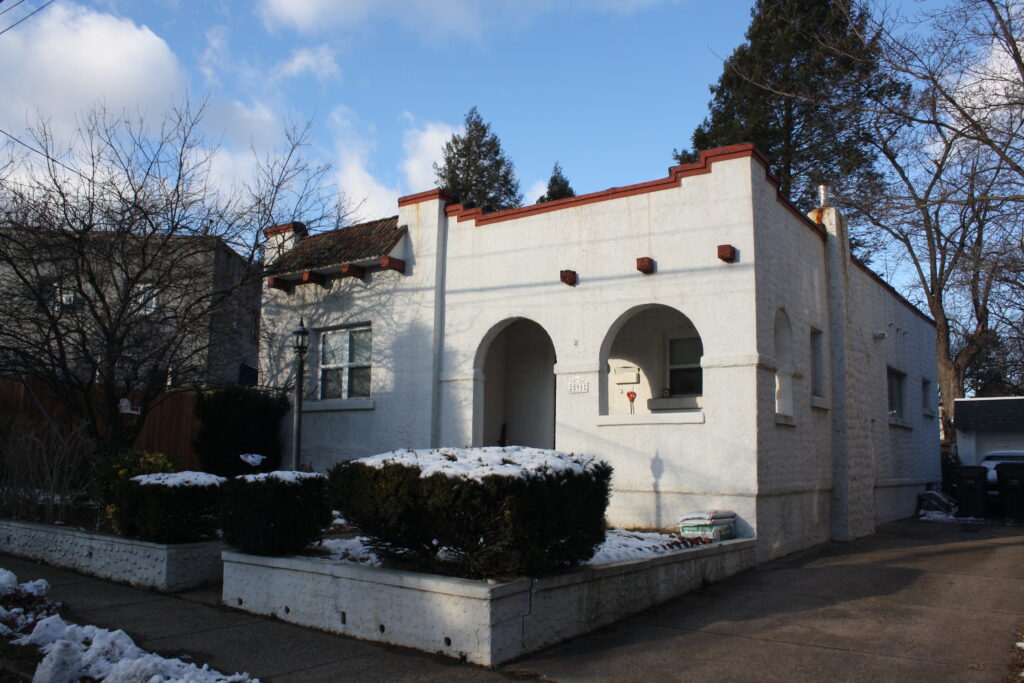
Head outside the City Limits to discover a Hollywood Inspired Spanish Revival Enclave
Ready to go Hollywood? Head to Hollywood, PA located in Abington County, near Philly’s Fox Chase neighborhood doesn’t pull any punches. Designed in the 1920s, these 174 Spanish Revival bungalows look like they were plucked straight out of a movie. They were! Just check out the names of the streets: Pasadena, San Gabriel, and Redondo. These small affordable homes feature pastel-colored stucco exteriors, red clay tile roofs, and arched windows and doors. Many contained Moravian tile fireplaces, stairs, and sidewalks from Mercer Tile Works.
Even if you are not ready to own your home, it’s never too soon to visit Philadelphia’s many historic neighborhoods and find out what makes your heart skip a beat!
Interested in the history and architecture behind Philadelphia’s storied buildings? Read our articles on row house styles, courtyards, and star bolts, and more. What else would you like to learn about? Follow us and DM us on Facebook or Instagram to let us know!






